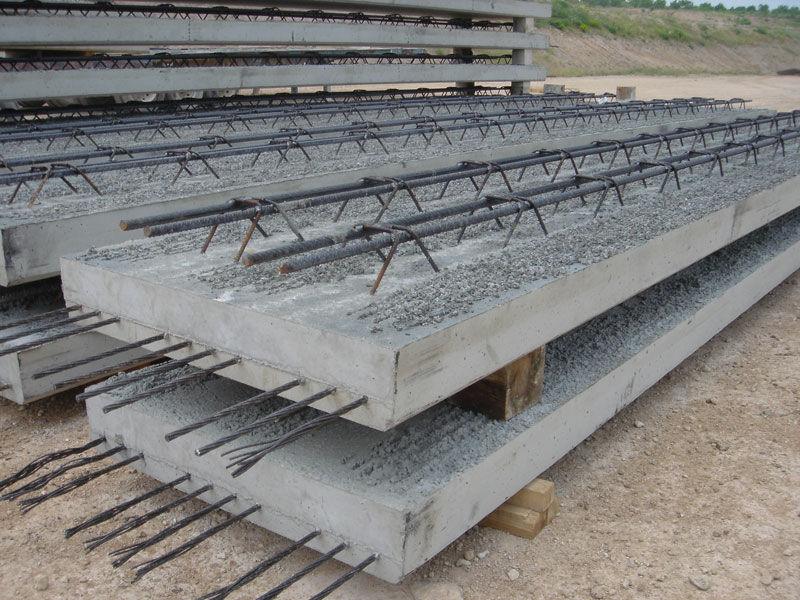Reinforced Concrete Fundamentals by Yamann_Vinci

Reinforced concrete is one of the most important material available for the construction in India and all over the world. It used almost all the structures including; buildings, bridges, retaining walls, tunnels, tanks, shells and even ships. Concrete is a mixture of sand and gravel held together with a paste of cement and water. Sometimes one or more admixtures is added to change certain characteristics of the concrete such as its workability, durability and time of hardening. Concrete has a high compressive strength and a very low tensile strength. Reinforced concrete is a combination of concrete and steel where in the steel reinforcement provides the tensile strength lacking in the concrete. Steel reinforcement is also capable of resisting compression forces and is used in columns as well as in other situations.
